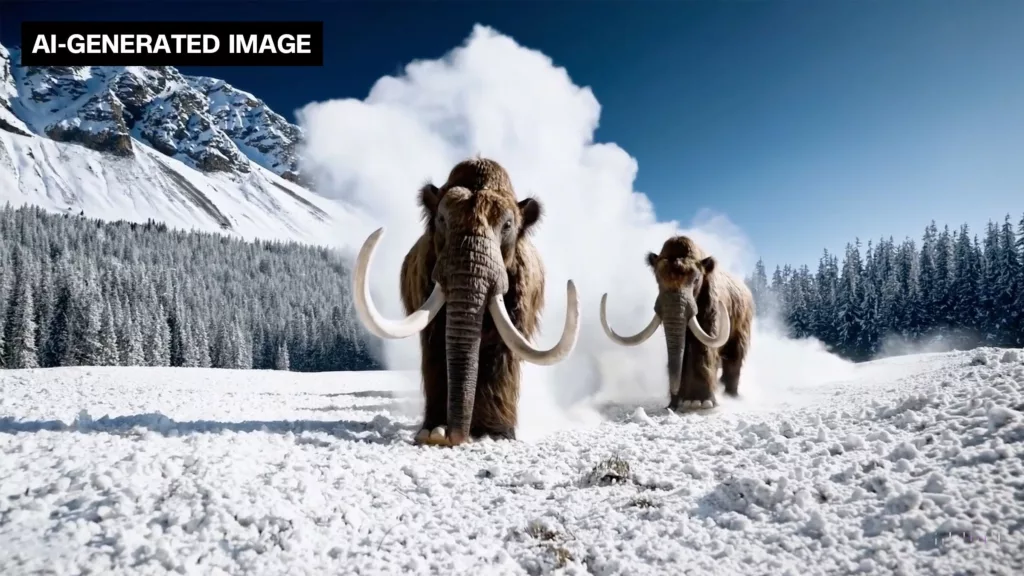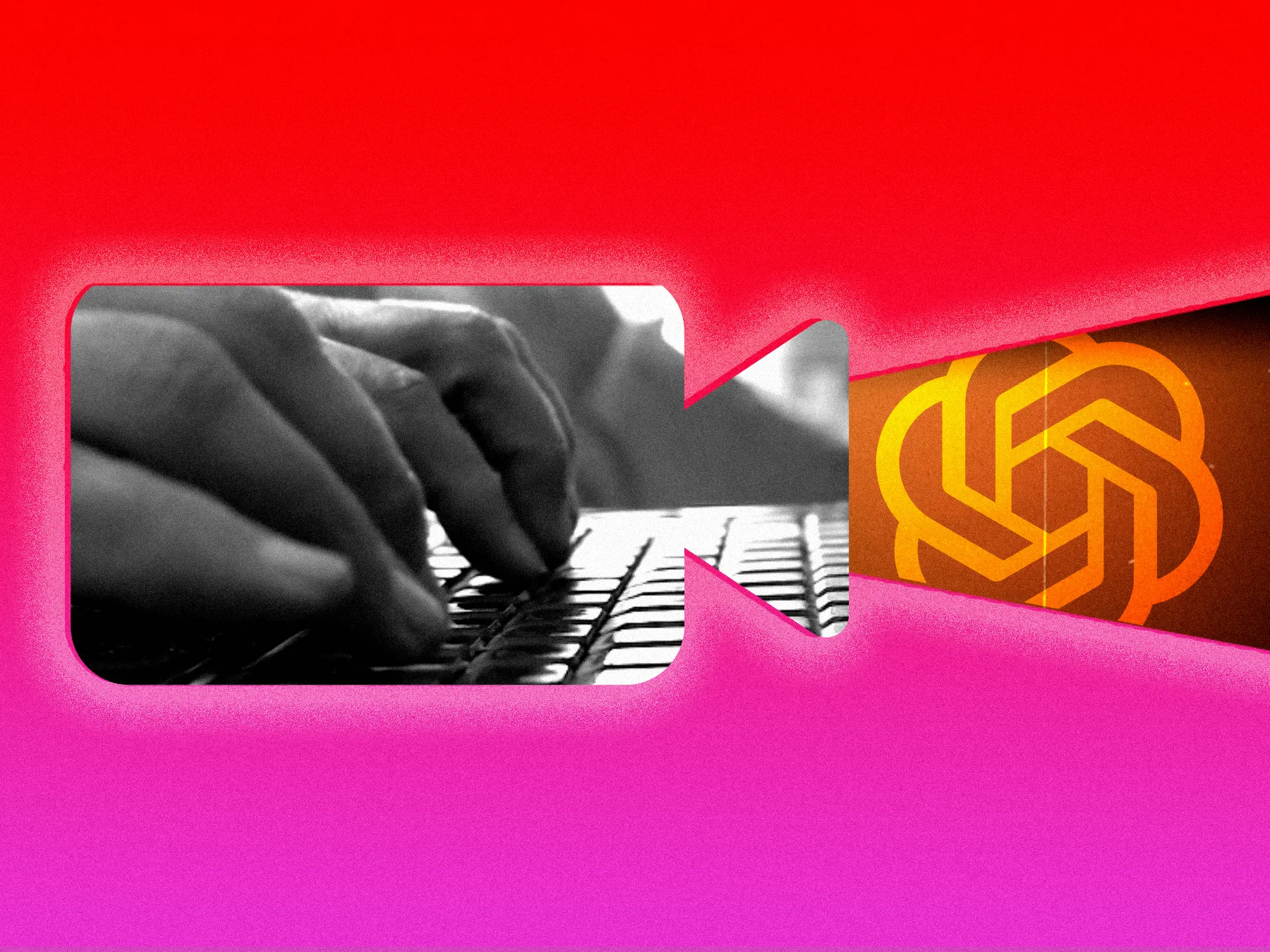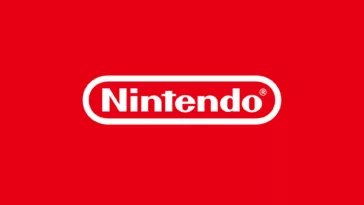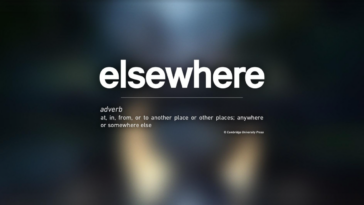OpenAI, the company behind popular AI tools like ChatGPT and DALL-E, has released its latest innovation: Sora, a text-to-video diffusion model. This groundbreaking technology aims to bridge the gap between words and the physical world by simulating motion and generating realistic videos based on user descriptions.
Powered by a transformer architecture similar to its GPT models, Sora can create compelling videos up to a minute long, faithfully adhering to the user's prompts. Its abilities extend beyond text, as it can also bring still images to life, meticulously animating elements and capturing intricate details.
"Sora is able to generate complex scenes with multiple characters, specific types of motion, and accurate details of the subject and background," commented the team. "The model understands not only what the user has asked for in the prompt, but also how those things exist in the physical world."
"The model has a deep understanding of language, enabling it to accurately interpret prompts and generate compelling characters that express vibrant emotions. Sora can also create multiple shots within a single generated video that accurately persist characters and visual style."
OpenAI Sora: The next video generated content breakthrough?

In a significant move, OpenAI is granting early access to a select group of individuals, including creative professionals like artists, designers, and filmmakers, along with "red teamers" who specialize in security testing. This decision reflects their commitment to responsible AI development by gathering feedback from external experts and fostering public understanding of this emerging technology's potential and limitations.
This limited release marks a crucial step in Sora's evolution. By inviting diverse perspectives into the development process, OpenAI allows for early identification of potential risks and ethical considerations, while shaping the model's future applications towards positive impact.




